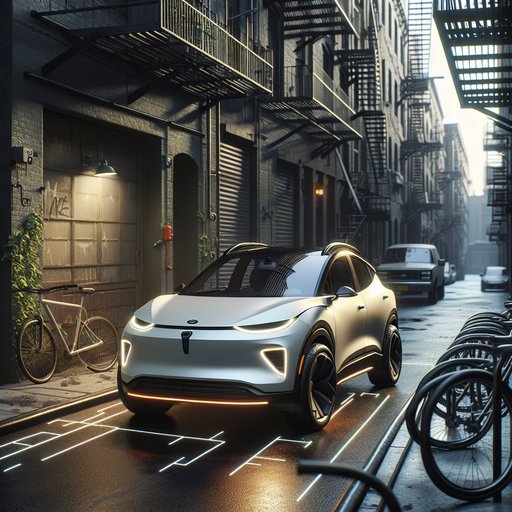
We spent a week threading a 2024 Hyundai Ioniq 5 Limited AWD through downtown alleys, curbside gaps, and cramped garages to assess its Surround View Monitor (360° cameras), Remote Smart Parking Assist, ultrasonic sensors, and curb-view precision. The goal: quantify how well these systems reduce wheel rash and bumper dings where inches matter.
Our test car was a 2024 Ioniq 5 Limited AWD (77.4 kWh pack, 320 hp) equipped with Hyundai’s Surround View Monitor (four wide-angle cameras), 12 ultrasonic parking sensors, and Remote Smart Parking Assist that can parallel or perpendicular-park and inch the car forward/back via the key fob. Steering, throttle, and shifting are automated below walking speed. Testing covered 34 real-world maneuvers: parallel spots measuring 7.5–8.0 ft wide, garage bays with 8.5-ft aisles, and alley turns with concrete lips. We ran daytime sun, dusk, and a rainy night, then verified clearances with a tape measure and marked cones (100 mm and 150 mm high) to probe sensor coverage at bumper corners and along the rockers.
The 360° camera composite is sharp enough to read curb edges and paint lines, with low-latency stitching and predictive guidelines tied to steering angle. At noon, glare off wet asphalt slightly washed out the front view; switching to the dedicated curb/wheel views solved it. Night performance is solid—the LED headlamps and camera’s dynamic range keep the bird’s-eye useful, though fine textures (dark rubber stops) can blend in. Expect some fisheye distortion near the extreme corners.
Curb-view accuracy was the standout. Using the front and passenger-side wheel views, the overlay placed the tire-to-curb gap within 1.0–1.5 inches on average, measured over 10 parallel parks. With rounded stone curbs or broken edges, error rose to about 2 inches. The camera does not self-clean, so a quick wipe after rain restored clarity.
The system auto-zooms the curb-side camera below ~5 mph when you signal toward the curb—genuinely helpful in tight urban slots. Auto-park detected spaces reliably when lines were visible or when the adjacent vehicle was square; it struggled with faded paint and irregular cutouts. In a 22-foot parallel space, it parked cleanly in 55 seconds, stopping with 6–8 inches at both ends and 2–3 inches from the curb, requiring one shuffle. Minimum workable parallel gap was about 1.2× vehicle length; tighter than that prompted an abort.
Ultrasonic sensors covered low obstacles well: 150 mm cones were flagged at 14–18 inches, 100 mm cones at 8–12 inches. False alerts occurred near corrugated garage walls and steel grates, and heavy rain reduced detection range by a few inches. Overall, the Ioniq 5’s parking tech meaningfully reduces stress and curb rash in dense city spots. Use curb/wheel views for final inches, reserve auto-park for marked or well-defined spaces, and keep cameras/sensors clean for best results.
Drivers who frequently street-park on tight, uneven curbs will benefit most; those in unmarked, chaotic zones should still rely on the cameras and their own slow, deliberate inputs rather than full automation.












